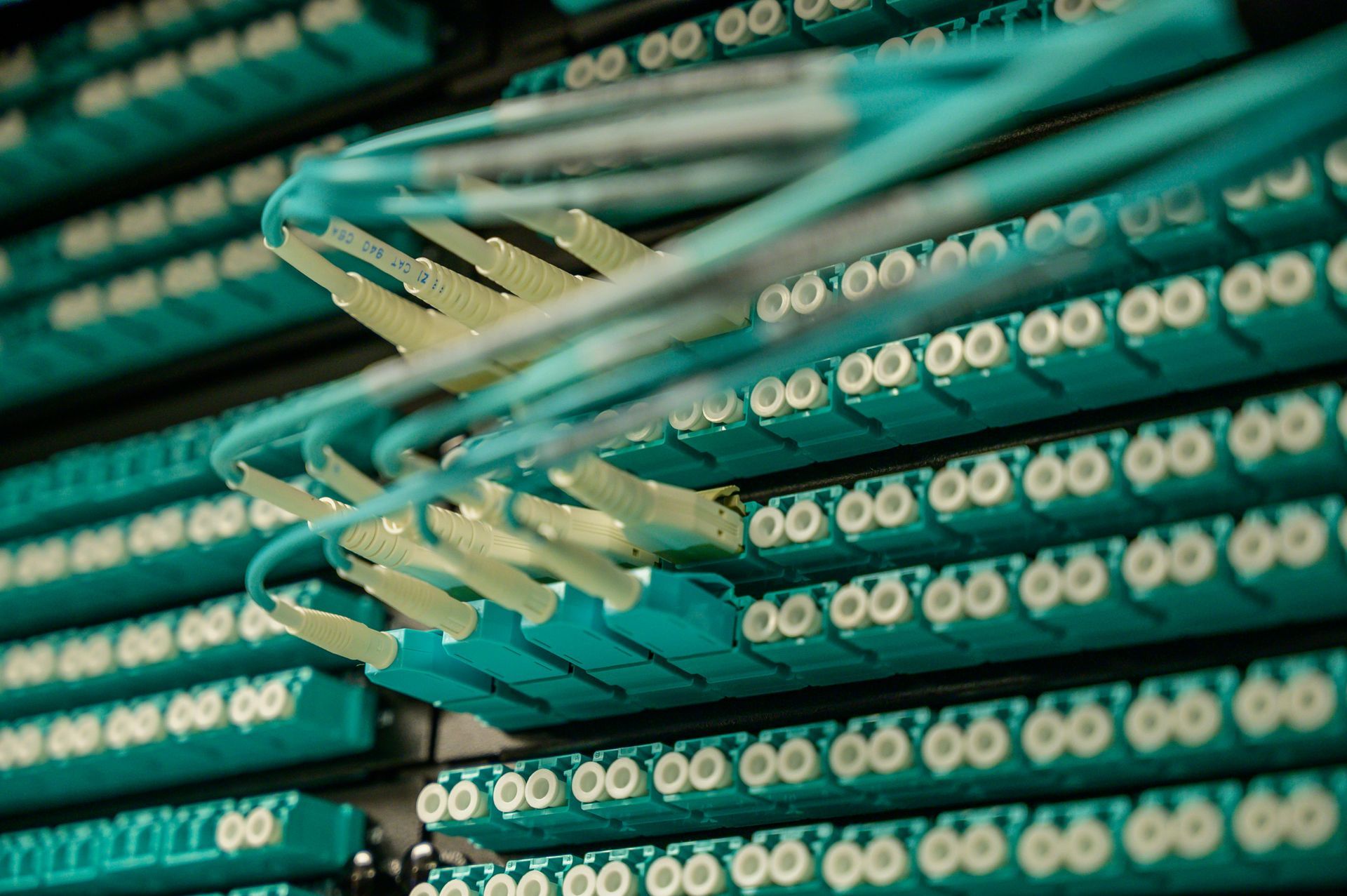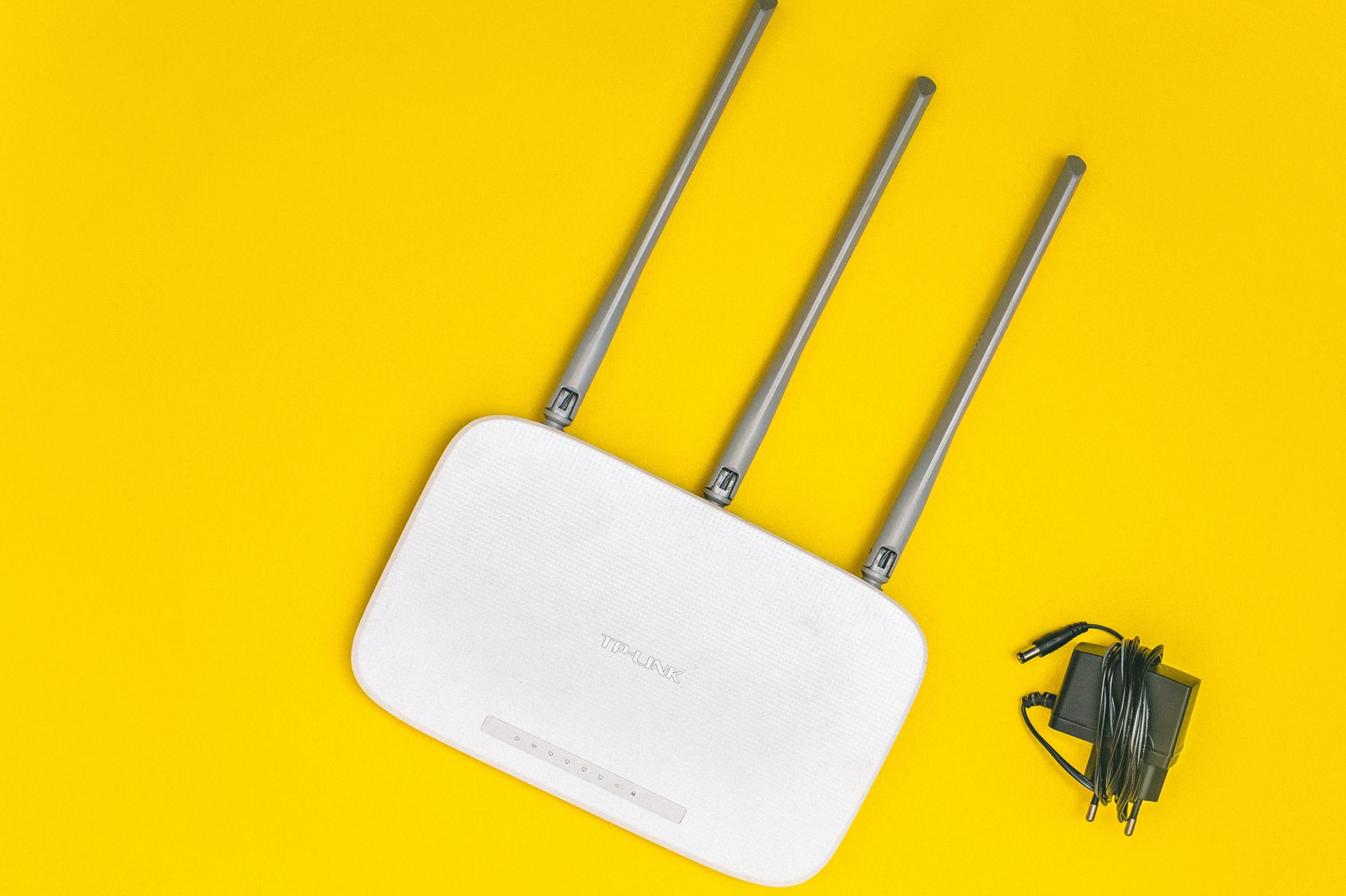
What Are the Benefits of Structured Cabling for Businesses?
If you're running a business, your IT setup can either keep things running smoothly or cause constant headaches. Structured cabling is a solid, long-term fix for that. But what exactly is structured cabling, and why should you care?
Simply put, structured cabling is a way to organize all your communication systems. It connects everything—computers, phones, video calls, internet—into one setup that works seamlessly. The best part? It’s built to handle your needs today and whatever you add later without a hitch.
In this blog, we'll break down why structured cabling can be a game changer for your business, helping you save time, cut costs, and stay ahead as you grow.
What is Structured Cabling?
Structured cabling is a standardized system for organizing all the wires and cables that run your business's communication and IT systems. Instead of having a mess of wires going everywhere, it creates a clean, organized structure that makes everything work together better.
Think of it like this: rather than having different wiring setups for your computers, phones, and internet, structured cabling ties them all into one system. This makes your network more reliable and easier to manage. Plus, if you ever need to upgrade or expand, it's a lot simpler with structured cabling in place. You won't have to rewire the entire building—just plug into the existing system.
Structured cabling also supports high speeds and large amounts of data, which is crucial as businesses rely more on cloud services and remote work. It’s built to grow with you, so you won’t have to worry about your system becoming outdated anytime soon.
Key Benefits of Structured Cabling for Businesses
Structured cabling isn’t just about keeping things neat. It comes with real, tangible benefits that can positively impact your business. Here’s a breakdown of the key advantages:
Improved Network Performance
A structured cabling system boosts the overall performance of your network. It reduces bottlenecks and downtime, meaning your internet runs faster and more reliably. This is especially important for businesses that depend on real-time data, video calls, or cloud-based services. With structured cabling, your team can work without annoying slowdowns or outages.
Scalability
As your business grows, so do your tech needs. Structured cabling is designed to grow with you. Need to add more workstations, phones, or devices? No problem. The infrastructure is already set up to handle it, so expansion is smooth and stress-free.
Reduced Downtime
When something goes wrong with your network, it can cost you time and money. Structured cabling makes troubleshooting easier and faster. Since the system is well-organized, IT teams can quickly find and fix problems, minimizing downtime and getting you back up and running quickly.
Cost-Effective Maintenance
Over time, maintenance on an unorganized system can get expensive. Structured cabling reduces the need for constant repairs or rewiring. Because everything is laid out in a clear, logical way, maintenance is simpler and less costly. Plus, fewer outages mean fewer disruptions to your business operations.
Future-Proof Infrastructure
Technology evolves fast, and businesses need to keep up. Structured cabling is built with the future in mind. It supports the latest tech like cloud computing, IoT (Internet of Things), and even upcoming advancements like 5G. This means you won’t need to overhaul your system every few years—structured cabling has you covered.
How Structured Cabling Improves Business Efficiency
Efficient communication and data transfer are key to running a successful business. Structured cabling plays a big role in making that happen. Here’s how it can improve your business’s efficiency:
Structured cabling makes everything more organized. When all your systems—phones, computers, security—are connected through a single cabling setup, your workflow becomes smoother. Your employees can share files, communicate, and collaborate faster. No more glitches or delays because of an outdated or jumbled system.
Another big win is the speed. With structured cabling, data moves quickly through your network. Whether you're uploading files to the cloud or doing video calls, everything runs more smoothly. This can lead to higher productivity because your team isn’t waiting around for things to load or refresh.
Lastly, less downtime means more work gets done. When problems happen, they can be resolved faster thanks to the organized layout. Instead of IT spending hours figuring out what’s wrong, they can spot and fix the issue in no time, keeping your business running smoothly.
Structured Cabling vs Traditional Cabling
When comparing structured cabling to traditional cabling, the difference is clear. Structured cabling is an organized, standardized system, while traditional cabling is often a mess of wires with no clear organization. Let’s break it down:
Organization and Flexibility
Traditional cabling systems can get chaotic, especially as a business grows and more devices are added. It’s hard to trace problems or upgrade parts of the network. With structured cabling, everything is laid out neatly. It’s easier to manage, modify, and expand as your business needs change.
Reliability
Traditional cabling systems are prone to errors and failures because they often lack the structure needed for efficient data flow. Structured cabling, on the other hand, is built for reliability. It reduces the chances of outages or slowdowns by providing a cleaner, more organized flow of data.
Cost Efficiency
While traditional cabling may seem cheaper upfront, it often leads to higher costs in the long run. Frequent repairs, slower performance, and complex maintenance add up over time. Structured cabling might require a higher initial investment, but the long-term savings on maintenance, repairs, and performance improvements make it the more cost-effective option.
To learn more about how structured cabling stacks up against traditional systems, check out our detailed blog on Structured Cabling vs Traditional Cabling: Key Differences.
How to Implement Structured Cabling in Your Business
Setting up structured cabling for your business might seem like a big task, but with the right approach, it can be smooth and efficient. Here’s a simple breakdown of how to get started:
Assess Your Current and Future Needs
Before jumping in, it’s crucial to assess your current IT infrastructure and think about your future needs. How many devices do you currently have, and how many will you add as you grow? Understanding your business’s present and future requirements ensures that your structured cabling system can handle both.
Hire Certified Professionals
Structured cabling is not a DIY project. You’ll need a team of professionals who are certified in cabling installation. They’ll ensure the system is set up properly and in line with industry standards. Hiring experts also helps avoid issues down the road, as they’ll know how to create a setup that is easy to maintain and upgrade.
Follow Industry Standards
Ensure that the structured cabling system follows industry standards like TIA/EIA. This ensures compatibility with future upgrades and makes sure your system works efficiently. Certified installers will be familiar with these guidelines and will set your business up for long-term success.
Plan for Future Growth
One of the key benefits of structured cabling is that it allows for easy expansion. When implementing the system, make sure there’s room for growth. Whether that’s adding more workstations or integrating new technologies like IoT or cloud services, your cabling system should be flexible enough to handle it.
For a more detailed guide on how to implement structured cabling, check out The Ultimate Guide to Structured Cabling.
Conclusion
Structured cabling is a smart investment for any business looking to stay ahead in today’s fast-paced, tech-driven world. It ensures that your network is reliable, efficient, and ready to grow with your business. From improved network performance to cost-effective maintenance, structured cabling offers long-term benefits that far outweigh the initial setup costs.
As your business expands, so will your IT needs, and structured cabling makes it easy to scale without stress.
Looking to implement structured cabling for your business?
American Broadband Networks in Charlotte has you covered. Whether you need interior cabling for apartment complexes, fiber optics, coaxial cable installation, wifi installation and management, new construction internet, or additional network outlets for internet and phones, they offer expert solutions tailored to your needs.
American Broadband Networks provides structured cabling services that ensure your business stays connected and ready to grow.
Reach out today to set up your network with a reliable, professional team that understands the importance of a well-structured IT system. Stay ahead of the curve with American Broadband Networks.










